Sign up for workout ideas, training advice, reviews of the latest gear and more.

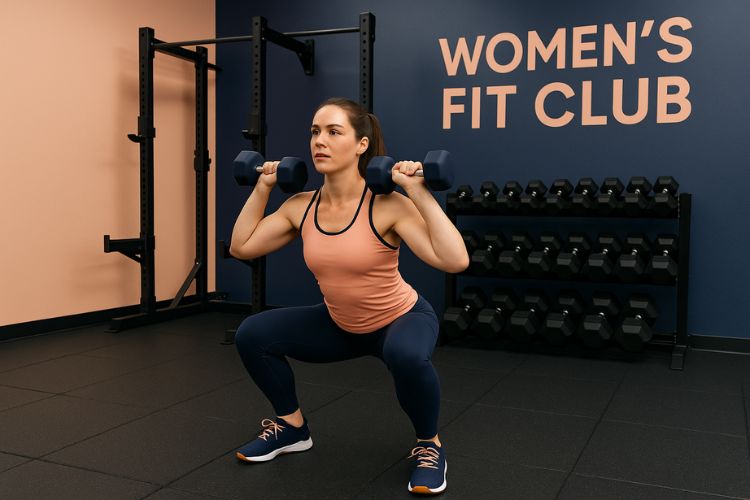
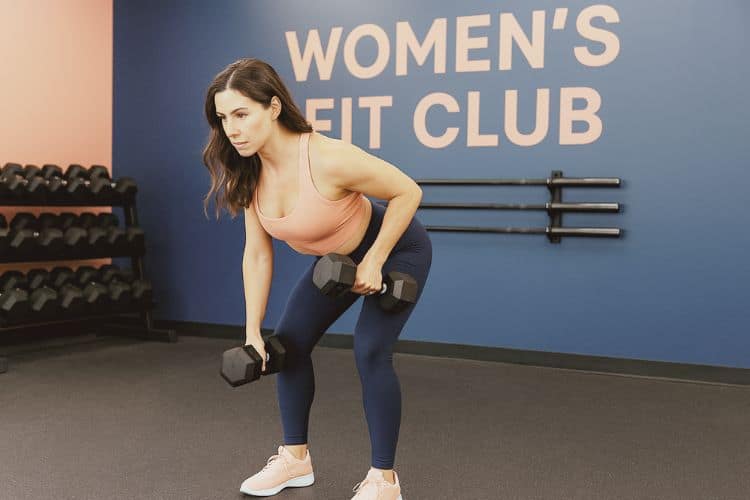
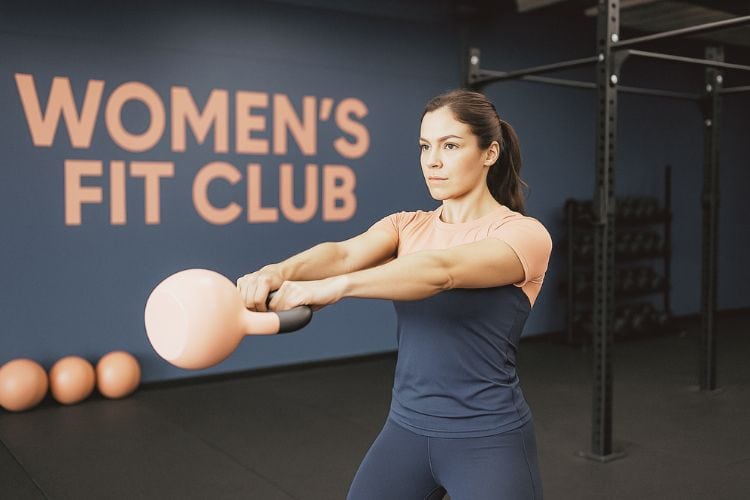
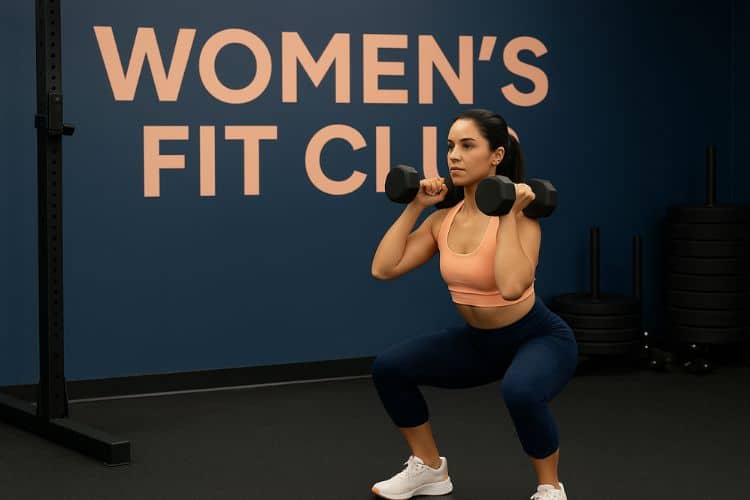
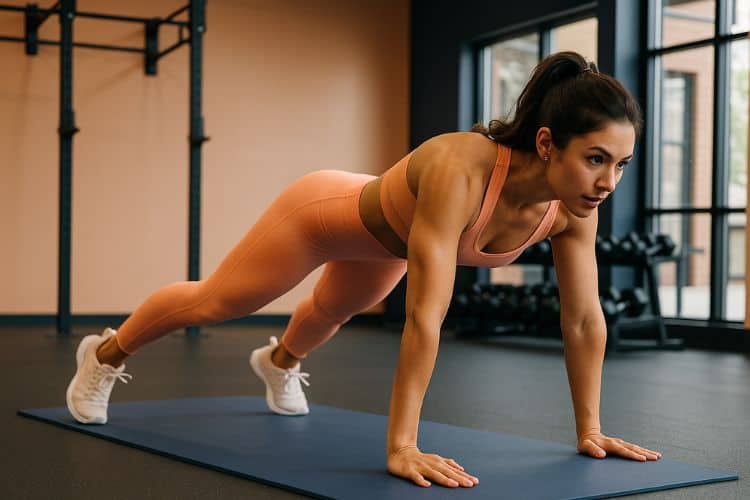
When it comes to combining strength, stability, and cardio in one move, plank jacks workout are hard to beat. This dynamic exercise brings together the static strength of a plank and the calorie-burning intensity of jumping jacks, making it a full-body favorite. Whether you’re training at home or in the gym, this move can transform your fitness routine, build core strength, and torch fat — all at once.
In this complete guide, you’ll learn what plank jacks are, their benefits, proper form, variations, common mistakes, and how to include them in your workouts.
Plank jacks are a bodyweight exercise that merges the plank position (for core stability and strength) with a jumping jack motion (for cardio and agility). You start in a high plank, keeping your body straight from head to heels, and then jump your legs in and out — similar to how you would in a traditional jumping jack.
This movement keeps your heart rate up while forcing your core, shoulders, glutes, and legs to work together to maintain balance and stability.
Plank jacks are deceptively simple but incredibly effective because they engage multiple muscle groups at once. Here’s a breakdown of the main muscles activated:
The rectus abdominis, obliques, and transverse abdominis all work to stabilize your torso and prevent your hips from sagging or rotating during movement.
Your deltoids and pectorals help support your body in the plank position, maintaining posture and balance through the movement.
As your legs jump outward and inward, the gluteus medius, gluteus minimus, and hip flexors are engaged to control movement and stabilize your pelvis.
Your quadriceps, hamstrings, and calves work dynamically to power each jump and maintain a light, controlled landing.
Plank jacks aren’t just a core exercise — they’re a total-body movement that delivers strength, endurance, and fat-burning benefits. Here’s why you should include them in your workouts:
Holding a plank while moving your legs forces your core to engage constantly to stabilize your spine. Over time, this leads to stronger abs, improved posture, and better overall balance.
The jumping motion of plank jacks elevates your heart rate, improving cardio fitness and endurance while helping you burn calories efficiently.
Since this is a compound movement, plank jacks recruit multiple muscles simultaneously. This leads to higher energy expenditure, which supports fat loss and metabolic conditioning.
Moving your legs rhythmically while maintaining a strong upper-body plank challenges your coordination and body control — key components of functional fitness.
Your shoulders, chest, and triceps work isometrically to keep you supported, resulting in improved upper-body endurance and tone.
All you need is your body weight and a small space. Plank jacks are ideal for home workouts, travel, or quick gym circuits.
Perfect form is the key to maximizing results and preventing injury. Follow these step-by-step instructions to perform plank jacks safely and effectively.
Pull your belly button toward your spine to brace your core. Avoid arching your back or letting your hips drop.
Hop both feet outward simultaneously to a slightly wider stance — about shoulder width apart. Keep your upper body steady and hips low.
Bring your feet back together with control. Maintain a tight core and stable plank throughout.
Repeat the in-and-out motion at a consistent rhythm for 30–60 seconds. Focus on smooth, controlled jumps and steady breathing.
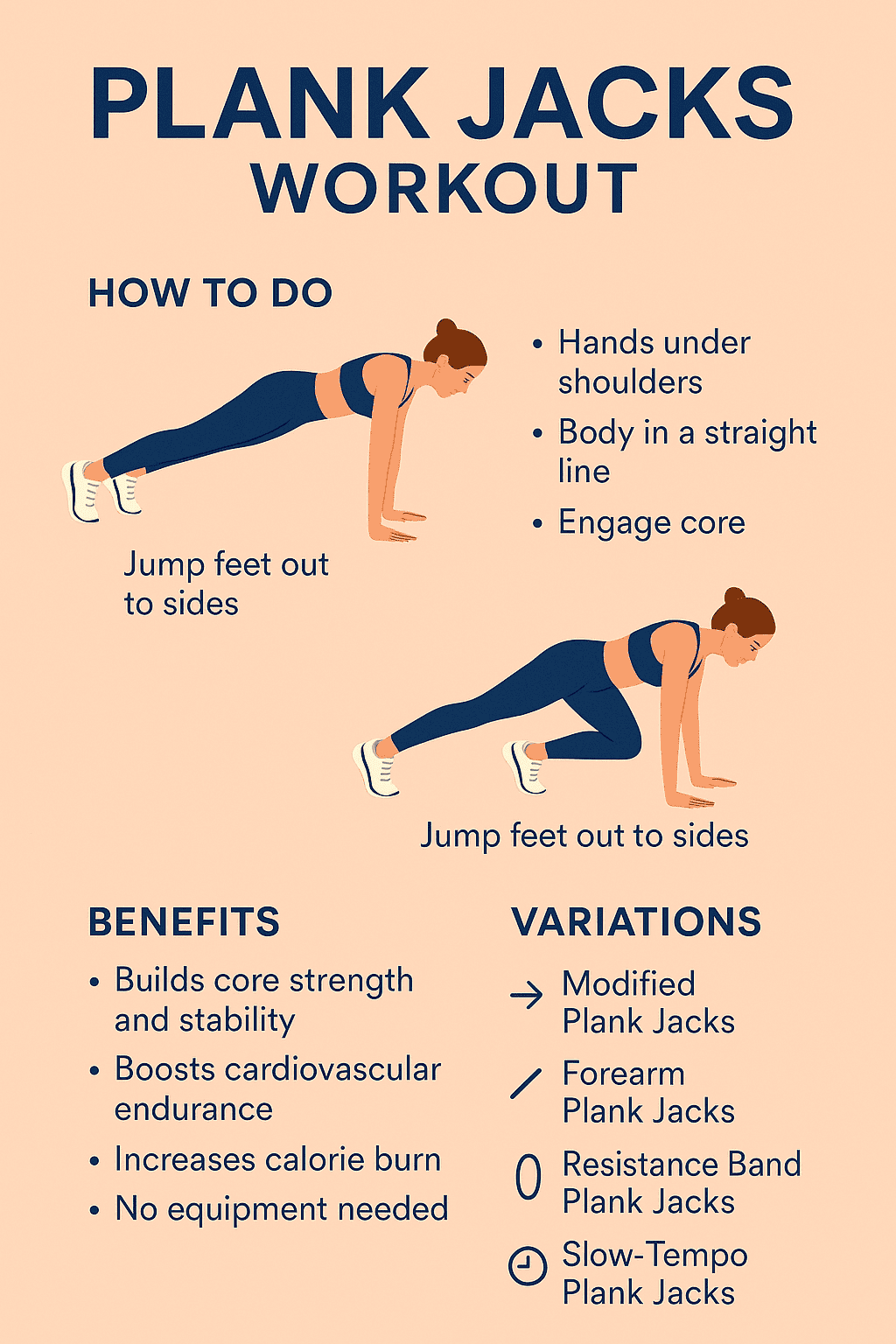
Even though plank jacks seem simple, small mistakes can lead to discomfort or reduce the exercise’s effectiveness.
A weak core can cause your lower back to dip, putting strain on your spine. Engage your abs to maintain a neutral spine.
Lifting your hips excessively takes tension off your core and reduces engagement. Keep your hips steady and aligned.
Speed isn’t everything. Moving too quickly can compromise form. Aim for control and precision.
Holding your breath can increase tension. Focus on a rhythmic breathing pattern throughout.
Hands should be directly under shoulders. Too far forward strains the shoulders and reduces stability.
Whether you’re a beginner or an advanced athlete, there’s a plank jack variation to match your fitness level. Try these options to build strength progressively.
Instead of jumping, step one foot out to the side at a time. This lower-impact version helps build strength without stressing the joints.
Perform the same motion on your forearms to target your core and shoulders differently. Great for reducing wrist strain.
Move your legs slowly in and out for increased time under tension. This improves endurance and form control.
Place a mini band around your thighs or ankles to add resistance and make your glutes and outer thighs work harder.
Place your hands on a bench or step. This reduces pressure on your upper body and is ideal for beginners or those with wrist issues.
Wear a weighted vest or ankle weights for extra resistance, making the exercise more challenging for strength and endurance.
The number of repetitions depends on your fitness goals and current conditioning level.
Rest 20–40 seconds between sets.
For a calorie-burning workout, combine plank jacks with other bodyweight moves in a HIIT circuit.
Here’s a 20-minute full-body HIIT circuit that features plank jacks as your core cardio move:
This circuit blends strength and cardio for maximum fat burn and core activation.
Plank jacks can fit into almost any workout routine. Here’s how to include them effectively:
Use them in your warm-up to raise your heart rate and activate your core before lifting or circuit training.
Add 2–3 rounds of plank jacks at the end of your workout to challenge your abs and improve muscular endurance.
Incorporate plank jacks into interval training for high-intensity bursts between strength exercises.
Perform slower-paced plank jacks with emphasis on form to maintain movement quality without overexerting.
On average, you can burn 8–12 calories per minute performing plank jacks, depending on body weight and intensity.
At a moderate pace, a 10-minute plank jack session can burn around 100–150 calories while strengthening your entire core and boosting metabolism.
Although plank jacks are low-impact compared to jumping exercises, proper technique is crucial.
If discomfort occurs, switch to a modified stepping version until your strength improves.
For best results, pair plank jacks with complementary exercises that target the abs and obliques from different angles:
This combination develops a strong, toned midsection and burns belly fat more effectively.
If you’re consistent, plank jacks can help you improve coordination, core endurance, and fat loss. Follow these progression tips:
Yes — plank jacks elevate your heart rate and engage your entire core. While no single move spot-reduces fat, consistent plank jacks within a calorie-burning routine help reduce overall body fat, including the midsection.
Aim for 30–60 seconds per set, focusing on form and breathing. Increase duration as your endurance improves.
Yes! Beginners can start with modified step-out versions to learn control before progressing to jumping variations.
Plank jacks add a cardio element that regular planks lack, but they shouldn’t replace static planks entirely. Use both for a balanced routine.
None — just your body weight and a flat surface. Optional tools like resistance bands or ankle weights can add challenge.
Plank jacks are one of the most efficient, no-equipment exercises you can do to build core strength, burn fat, and improve endurance. They merge cardio and strength training into one dynamic movement that challenges your body and boosts metabolism.
Whether you’re a beginner learning to stabilize your core or an advanced athlete seeking intensity, plank jacks deserve a permanent place in your workouts. Perform them consistently, pair them with a balanced diet and recovery plan, and you’ll see noticeable results in your strength, tone, and stamina.
Stay up to date on the latest women’s health, fitness and lifestyle trends and tips.